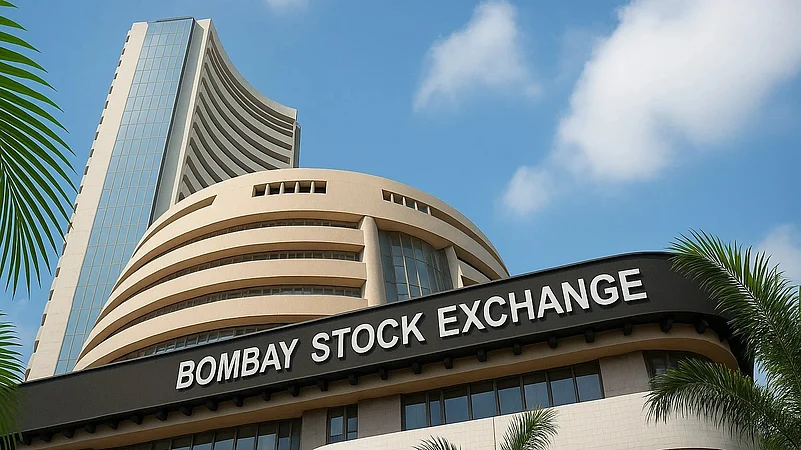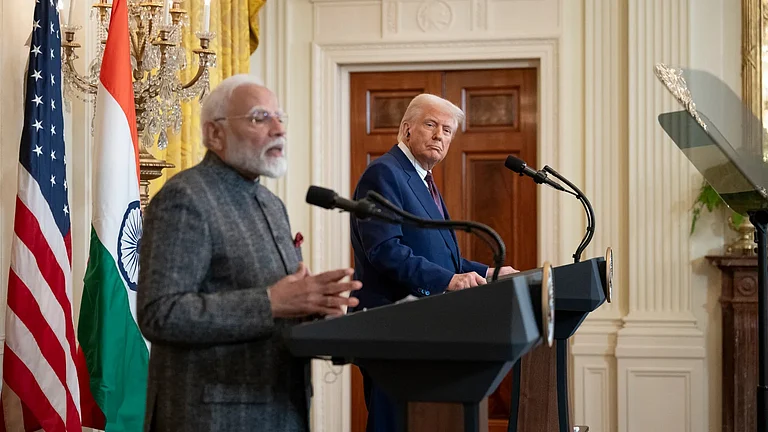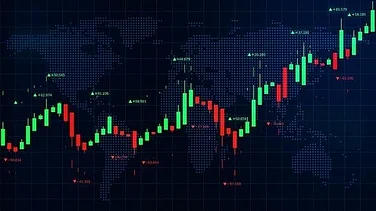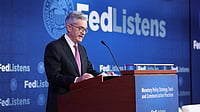
Indian markets opened 1% lower after US announced 25% tariffs on imports
Key export sectors like textiles and shrimp saw stocks fall up to 7%
Analysts expect tariffs to be temporary amid ongoing Indo-US trade talks
Fed kept rates unchanged at 4.3%, market reaction largely muted
Domestic equity markets opened with deep cuts on July 31, after US President Donald Trump announced a 25% tariff and additional penalties on Indian imports, citing India's continued purchase of Russian military equipment and oil. The move comes just ahead of the August 1 deadline and has caught markets off guard, given the ongoing Indo-US trade negotiations that had shown signs of progress.
The Sensex opened around 1% lower while the Nifty 50 slipped below 24,700 in early trade today.
In a post on Truth Social, President Trump referred to India as a "friend" but reiterated his long-standing complaint that India imposes some of the "highest tariffs in the world". He said the new duties were necessary to restore trade balance and deter further purchases of Russian oil and arms.
While the announcement has stirred unease among investors, market experts believe the damage may be more symbolic than structural.
“US imposing 25% tariff on India is going to create some volatility, no doubt," said Sham Chandak, Head of Institutional Broking at Elios Financial Services. "But this will be short-term noise. The deal, as confirmed by officials, is still expected to conclude by September or October. These tariffs are most likely temporary.”
Chandak pointed out that India’s merchandise exports to the US, even though significant, still fall short in comparison to the country’s booming services trade. “Even among goods exports, pharma, chemicals, and iPhones account for a large share, categories that tend to have elastic demand regardless of price. So the fundamental impact on India and Indian markets is likely to be limited.”
Utsav Verma, Head of Research, Institutional Equities at Choice Broking, offered a more cautious outlook in the near term. “Sectors like textiles, pharmaceuticals, and automotive components, key Indian exports, are likely to be most impacted and may see reduced investor interest for a while,” he said.
As expected, shares of textile exporters such as Gokuldas Exports, KPR Mills, Welspun Living, and Indo Count fell by up to 7%, while shrimp suppliers like Apex Frozen Foods and Avanti Feeds slipped as much as 6%. With the US being a key export market for both sectors, the tariff announcement triggered a sharp negative reaction across these counters.
However, Verma also feels that the broader market might not react too harshly. “We don’t expect a knee-jerk sell-off. More likely, markets will trade in a range while focusing on earnings and waiting for further clarity on the trade front.”
Analysts at Nomura also believe the 25% tariff may not be long lasting. “The announced higher reciprocal tariff rate of 25%, however, may be temporary, and might settle down lower. Unlike other countries, India is in the process of securing a detailed trade deal with the US. Most others have settled for rough-cut or largely verbal arrangements,” the brokerage noted.
Media reports had earlier indicated that the Indian government was anticipating an interim deal to take shape by the end of 2025. “We believe that India has undertaken a more sensible approach, one that prioritises detailed evaluation over rushed commitments. These negotiations will take time, and crucially, they are still ongoing,” Nomura added.
“In our view, the elevated tariffs are unlikely to be permanent. The best-case outcome could see duties in the 15–20% range,” the firm said.
For now, the sentiment on the Street is likely to remain cautious, keeping the market in a rangebound trajectory. While Trump’s decision has rattled nerves, the consensus appears to be that this is more a political signal than a structural shift, and that India's economic fundamentals remain largely intact.
As the dust settles, traders and investors will be scanning upcoming earnings, trade commentary, and diplomatic signals for cues. The next few days, experts say, could throw up opportunities as well as tests of temperament.
Meanwhile, another development took shape amidst the tariff noise as the Federal Reserve decided to keep interest rates steady at its latest monetary policy meeting. Given that the market had already priced in this decision, no major reaction is expected on this front.































